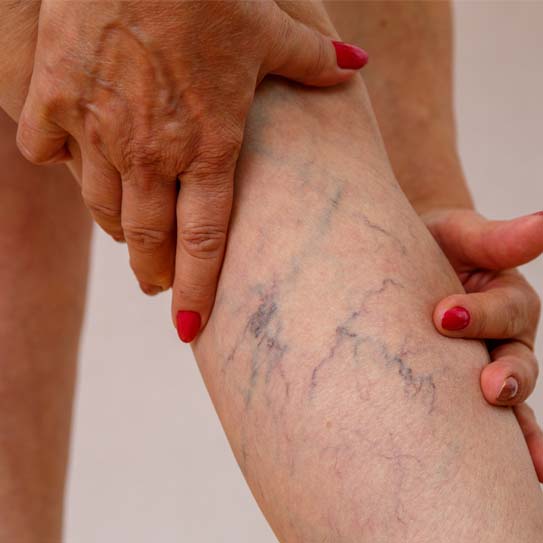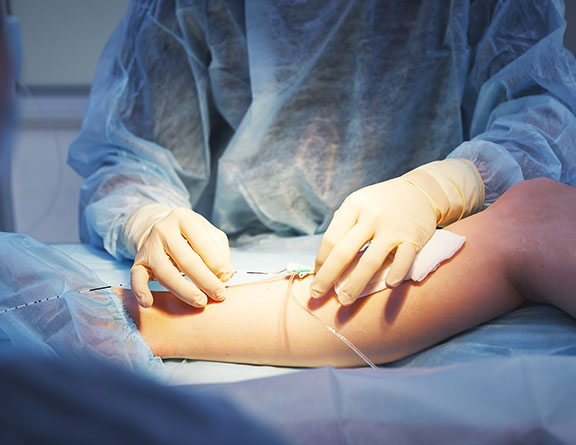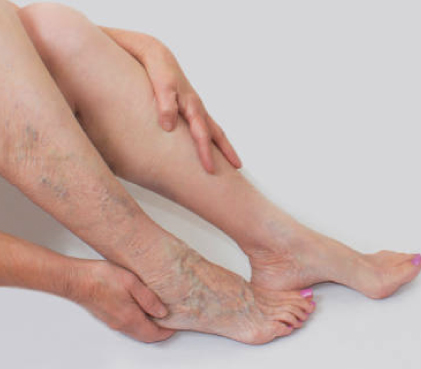
An umbilical hernia can be found during a physical examination by a skilled clinician. To check for a bulge, he or she will ask you to cough when you are sitting, standing, and laying down.
You will be brought to the operating room (OT) once everything is prepared, where anaesthesia will be administered to numb the surgical site. Depending on whether open surgery or laparoscopic surgery will be used to repair the umbilical hernia, the kind of anaesthesia is selected. Laparoscopic hernia repair is performed under general anaesthesia; open hernia surgery is performed under local or regional anaesthesia.
To be ready for umbilical hernia surgery, do the following:

For the repair of umbilical hernias, Mediwheel employs the laparoscopic method since it offers the following advantages: :

Is it possible to treat an umbilical hernia without surgery?
Adults often require surgery to treat an umbilical hernia. However, by the time a child is 4-5 years old, the problem may spontaneously go away. In order to correct the hernia if the problem doesn't get better on its own, surgery is required.
Will I be asleep during umbilical hernia repair?
You'll likely have general anaesthesia, so you'll likely be sleeping throughout the surgery. However, if the hernia is minor, the treatment could be done while under spinal, epidural, or local anaesthesia. If so, you will experience no discomfort while still being conscious during the treatment.
Can I have hernia therapy while expecting?
Yes, a hernia can be surgically corrected during pregnancy with little risk if it is causing pain and discomfort. However, if the hernia is not causing any issues, physicians may advise delaying treatment until after deliveries.
How soon after surgery for an umbilical hernia can I walk?
The day after your umbilical hernia surgery, you can walk. After the operation, there are no physical constraints. This implies that you can begin walking as soon as you feel confident.

Also known as endovenous laser treatment or EVLA, this is a minimally invasive ultrasound-guided procedure that involves the use of ultrasound images and laser fiber in order to kill the delicate lining of the veins. After a few days following the procedure, the body absorbs the dead tissues, closing off the abnormal veins with minimal or no discomfort. This is one of the most commonly preferred methods as it involves far fewer complications, and the recovery time, as well as the success rate of this method, is much faster and higher than that of any surgical process.

Also known as endovenous laser treatment or EVLA, this is a minimally invasive ultrasound-guided procedure that involves the use of ultrasound images and laser fiber in order to kill the delicate lining of the veins. After a few days following the procedure, the body absorbs the dead tissues, closing off the abnormal veins with minimal or no discomfort. This is one of the most commonly preferred methods as it involves far fewer complications, and the recovery time, as well as the success rate of this method, is much faster and higher than that of any surgical process.

Also known as endovenous laser treatment or EVLA, this is a minimally invasive ultrasound-guided procedure that involves the use of ultrasound images and laser fiber in order to kill the delicate lining of the veins. After a few days following the procedure, the body absorbs the dead tissues, closing off the abnormal veins with minimal or no discomfort. This is one of the most commonly preferred methods as it involves far fewer complications, and the recovery time, as well as the success rate of this method, is much faster and higher than that of any surgical process.